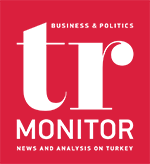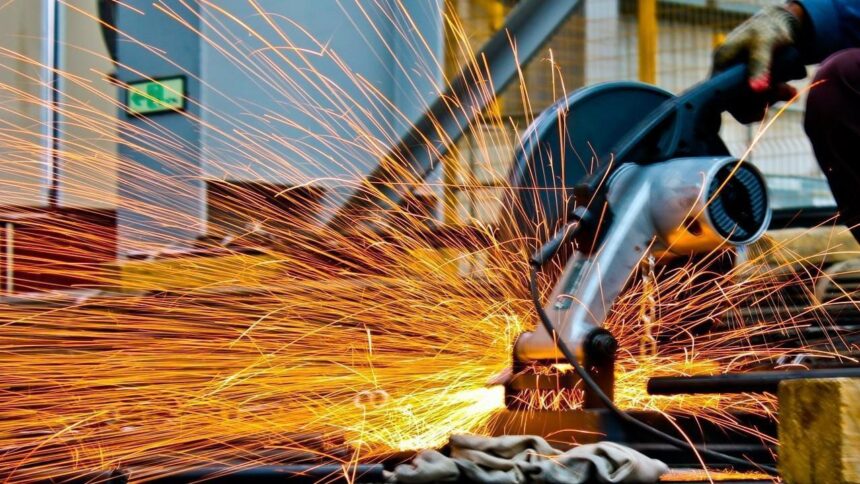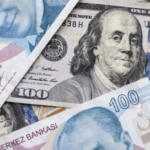BY ALAATTIN AKTAS
In May, industrial production increased by 13.3% per the unadjusted index comparison and by 9.1% per the calendar-adjusted index comparison, compared to the previous year. Production increased by 0.5% compared to a month ago, according to the calendar and seasonally adjusted index. These rates relate to total production.
The rate of increase in manufacturing industry production is higher. In the manufacturing industry, production increased by 15.6% in May, according to the unadjusted index, and by 10.7% compared to last year’s level per the calendar-adjusted index. The monthly change was 0.8%, according to the calendar and seasonally adjusted index.
In other words, things are going well in industrial production. Of course, this is a pleasing development in a period of so much negativity in the economy.
However, the factors underlying this increase need to be examined. We need to do this so that we can understand the increase and what might happen if the factors contributing to it disappear.
A MULTITUDE OF FACTORS
If the industrialist is producting, two factors are driving this production: Either sales are going well or the product is being made to stock.
If sales are up, either domestic sales or exports are going well. Of course, these can both happen simultaneously. It seems that currently we’re seeing this simultaneous occurance – both domestic sales and exports are up.
IMPACT OF EXPORTS
Exports are going well. In March, Turkey exported USD 22.7bn in goods. This figure was USD 23.4bn in April, USD 19bn in May, and USD 23.4bn in June. It is true that imports are increasing and that the trade deficit and, accordingly, the current account deficit, are widening, but that is a separate issue. Here will will focus on the increase in exports, which is driving industrial produciton.
THE BENEFIT OF INFLATION
Interestingly, domestic demand is also increasing due to inflation and inflation expectations. Everyone expects inflation continue, so they believe that if they do not buy immediately prices will rise.
Everyone is purchasing now, and few are postponing purchaes. Nobody wants to keep cash, particularly not in Turkish Lira. People are buying as early as possible to meet their needs. They are still looking to buy early even if their need is not urgent.
This is one of the most important factors keeping industrial production alive in terms of demand.
MADE TO STOCK
The smoke screen in the economy is getting thicker and nobody can see the road ahead. Production costs are increasing day by day. Isn’t the industrialist aware of this? Therefore, it is not surprising that they are making products to stock to keep costs low. This is an important factor in increasing production.
Of course, producing to stock has a cost, but the industrialists know how to balance it.
WHAT HAPPENS NEXT?
Industrial production this year is up, that much is clear. However, we should not overlook the bigger picture when looking at the months and years ahead.
It is useful to look at where Turkey’s industrial production has originated from over the years.
TurkStat creates the current industrial production index by accepting the year 2015 as 100. The index, which was 100 in 2015, was 132.9 in May of this year, without any adjustments, and 144.7 in calendar-adjusted terms. But don’t be fooled by these levels – higher index values have also been seen in the past.
The unadjusted index shows the real production level – tangible, visible, countable, and weighable production.
The calendar-adjusted index is based on the assumption that, “if the number of working days was the same, we would produce this much.”
The values revealed by both indices are correct, depending on where you want to use them.










